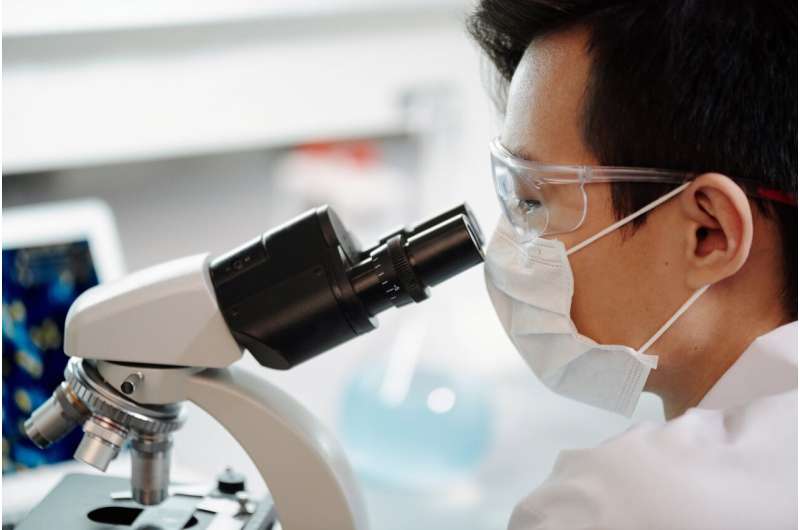This article has been reviewed according to Science X's editorial process and policies. Editors have highlighted the following attributes while ensuring the content's credibility:
fact-checked
peer-reviewed publication
trusted source
proofread
Scientists develop high-resolution method to analyze skin gene expression in thermal burns

A research group led by Prof. Li Xueling from the Hefei Institutes of Physical Science of the Chinese Academy of Sciences analyzed the skin gene expression in thermal burns and developed a new cell type signature and pipeline based on a high-resolution group mode of cell type deconvolution.
The results were published in Journal of Burn Care & Research.
Studying the timeline of gene activity after a burn injury is critical to determining the optimal time for treatment. For more than 30 years, scientists have mainly relied on analyzing overall gene activity in tissues to understand these changes. However, this approach has limitations—it can't distinguish between different cell types or specific gene activity in those cells. It simply provides an average of all gene activity across all cell types.
"Genes behave differently in different types of cells. This idea forms the basis for creating labels that represent the unique molecular activity of each cell type," said Prof. Li, "but for a more detailed breakdown, we need more data from tissue samples than there are different cell types."
In this study, the researchers developed a high-resolution cell-type deconvolution mode method using cell-type and expression identification by estimating relative subsets of RNA transcripts (CIBERSORTx) to analyze pooled skin bulk transcriptome data, which can identify the source of cell fraction and gene expression changes that caused bulk gene perturbations.
This method helps to identify and analyze different types of cells in the skin. The researchers used data from both blood and skin samples to create a reference signature for eight different skin cell types, which they called Sig_Na, and which was proved to be more accurate than other existing reference signatures when tested on independent datasets.
To broaden the application of their model, the researchers also developed a technique to enhance bulk samples by adding white noise. This overcame the challenge of having too few samples for high-resolution cell type analysis, allowing them to accurately identify seven different cell types in the skin.
In addition, they attempted to analyze skin adipocytes and identified additional gene expression markers to understand the process of white fat browning after burns.
"The cause of gene expression changes in skin tissue is a combination of changes in cell gene expression and changes in cell type fractions. It is of great significance to accurately distinguish cell fraction and gene expression changes, and to explore cell and gene targets post burn injury, so as to promote clinical wound healing," said Prof. Li.
More information: Xiaoyi Fei et al, Characterization of Cell Type Abundance and Gene Expression Timeline from Burned Skin Bulk Transcriptomics by Deconvolution, Journal of Burn Care & Research (2023). DOI: 10.1093/jbcr/irad178




















